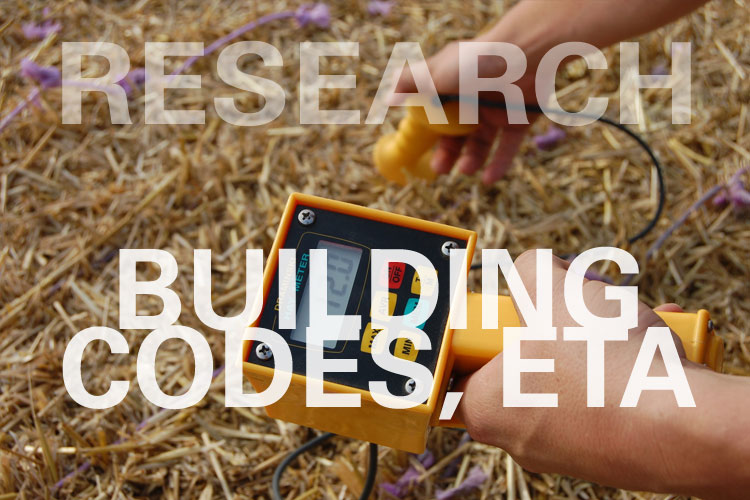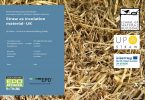Concerns over the need to reduce energy consumption, greenhouse gas emissions, and resource use are increasingly encouraging a focus upon the building sector, given that buildings represent a major share of emissions and energy use while also potentially representing one of the most cost-effective and significant opportunities to achieve such reductions. Moreover, a shift toward a “green” building sector is also seen as a means to deliver new jobs, growth, and improved business competitiveness (Aldersgate Group 2011).
In this chapter, we examine the development of the green building sector in the UK and Germany and explore how the contingent political, economic, and social contexts of both countries have influenced green building policies. We outline the main legislative drivers in both countries for green building, before highlighting the effects of these in facilitating or constraining the green building sector. We draw on qualitative research with 55 green building entrepreneurs and policymakers in the UK and 24 interviews in Germany (Gibbs and O’Neill 2014; O’Neill and Gibbs 2014). This provided the opportunity to compare experiences and practices, as well as assess the potential of these to offer lessons for future policy development.
Authors:
- O’NeillKirstie
- AuthorGibbsDavid



